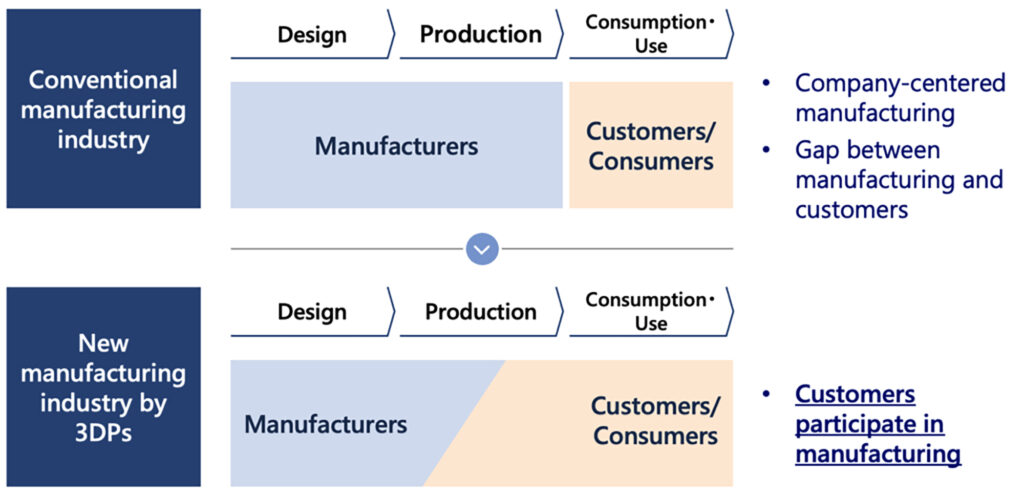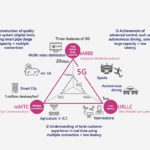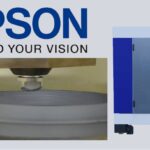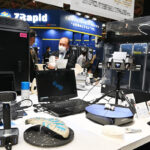ASIA ELECTRONICS INDUSTRYYOUR WINDOW TO SMART MANUFACTURING
Will 3D Printing Transform Manufacturing?
Since 1990, three-dimensional (3D) printers have been attracting attention as a technology that would transform the manufacturing industry. Particularly, 3D printing produces three-dimensional solid molded objects based on 3D CAD data.
Previously, production of prototypes and small-lot production of finished products adopt 3D printing method. This was due to the slow takt time of equipment and high materials costs.
In this article, Nomura Research Institute tracks the evolution of 3D printing. NRI also discusses how 3D printing it has gained traction of late to bring innovations in manufacturing.
Adoption Gains Speed
Recently, however, use of 3DPs in wider situations have grown. There are two main factors for the renewed attention on 3D printing.
First, the COVID-19 pandemic has helped increase needs for flexible manufacturing methods. Closure of factories and the stoppage of logistics due to the pandemic caused existing supply chains to become dysfunctional. For that reason, attempts have been made to produce face shield masks with priority and high degree of urgency, and components for medical equipment, such as artificial respirators, using 3D printers.

Ordinarily, manufacturers avoid the use of costly 3D printers. However, amid the pandemic, the flexible manufacturing method of 3D printers to enable production has attracted attention. Most especially, of products that require CAD data. 3D printing have been attracting renewed attention also from the viewpoint of the improvement of resilience of manufacturing function.
Second, technological development of 3D printers has enabled production in larger lots. In general, production lot size of products using 3D printers is smaller compared with conventional production methods. For example, it takes about 45 hours to produce one brake caliper, a metal component for vehicles, using a 3D printer. For this reason, the use of 3D printers for mass production components is difficult.
However, recently, equipment manufacturers have been developing multi-laser equipment and expanding the printing volume of equipment. Through these efforts, manufacturing speed and manufacturing lots per shot have been increased.
In fact, some manufacturers are targeting to improve takt time to one-third of existing equipment by 2030. Thus, equipment manufacturers have been advancing technological development to achieve mass production of products using 3DPs.
Gains Confidence
Meanwhile, software with improved functions also contributes to increased size of manufacturing lot per shot. Normally, to mass-produce products using 3D printers, the equipment needs to produce greater number of products at one time. Software with improved functions has also improved the accuracy to recommend maximum production lot size per shot. This is also contributing to the solution of above-mentioned issues.
Because of above-mentioned factors, 3DPs have begun to come into limelight again. For example, in Mar. 2022, Ford Motor Company, an original equipment manufacturer (OEM) of automobiles, incorporated 3D printers in its production line. For that reason, the company successfully operated the production line without human intervention. Hence, confidence on 3D printers have grown despite previous skepticism.
Prospects of Manufacturing Using 3D Printers
As described above, situations where 3DPs are used will expand as a result of the improvements of functions. Moreover, they will not stop as mere new tools for manufacturing but will have two development potentials to fundamentally change manufacturing itself.
First is to simplify the manufacturing process. This is possible by the improvement of software functions. At present, players with contracted manufacturing function, such as 3D Systems, Inc., Stratasys Ltd., and Materialise NV, are providing software along with equipment. They are developing software that better reflects users’ requirements by reflecting knowledge they obtain. This is because service bureaus conduct contracted manufacturing to their software. They deploy developed software to customers and analyze and accumulate success and failure patterns for each laminated structure on the cloud.
By doing so, they are recommending manufacturing methods that are more likely to succeed to software functions. For example, they are targeting manufacturing using 3D printers wherein software recommends optimum materials, laminating temperature, optimum lamination route, and the position of support material for each laminating structure even if users of 3DPs do not have sufficient manufacturing knowhow. Improved software for 3DPs will likely help further simplify the manufacturing process.
Next, the wide use of 3DPs in manufacturing floors will have ripple effects to consumers. This is the achievement of a world that satisfies customers’ mass-customization needs, which is the second development potential. For example, Ford Motor has released open-source 3D CAD data of accessories for vehicle interior parts. Particularly, the set of CAD files include those for cup holders, mobile phone mounts and game console mounts.
Ford also provides Ford Integrated Tether System (FITS). Using the system enables customers to customize design and colors rather than simply outputting existing interior components. Customers can bring data outputted using the system to 3DP service bureaus to produce customized products. These initiatives have a factor to meet consumers’ diversifying needs. Further, they also help business operators reduce inventory costs. In particular, the aftermarket of the automotive industry is huge. OEMs and components suppliers are still stocking components, design drawings, and metal molds of already discontinued models as inventories, thus facing increasing inventory costs. The release of open-source 3D CAD data will free OEMs and components suppliers from stocking after-sales components. Thus, open-sourcing has an advantage for companies to suppress costs, and hence, the trend of open-sourcing will likely accelerate.
Elaborate Pursuit of Customer Needs
Conventionally, the manufacturing industry has adopted a business operator-centered model wherein companies mass-produce products based on market needs that they presume and provide products to consumers at prices as inexpensive as possible. However, 3DPs lower the hurdle for customized products. Hence, it is highly likely that their business model changes to a new one, wherein manufacturers create bases of products and users themselves customize the products to their own likings. In the world where customers participate in manufacturing, manufacturers are required to differentiate themselves in the broadness of customization range and elaborate recommends for customization using software and data, rather than conventional competition by products alone. Thus, 3D printers provide a potential to fundamentally change the axis of competition.
Certainly, 3D printers still have issues such as high materials costs and slow takt time of equipment. Nonetheless, when they solve these issues and enjoy wide use, they will have a potential to cause fundamental changes to the manufacturing industry.

About This Article:
The author is Takuro Morita, Consultant, Mobility Service Group, Global Manufacturing Industry, Consulting Department, Nomura Research Institute, Ltd.




